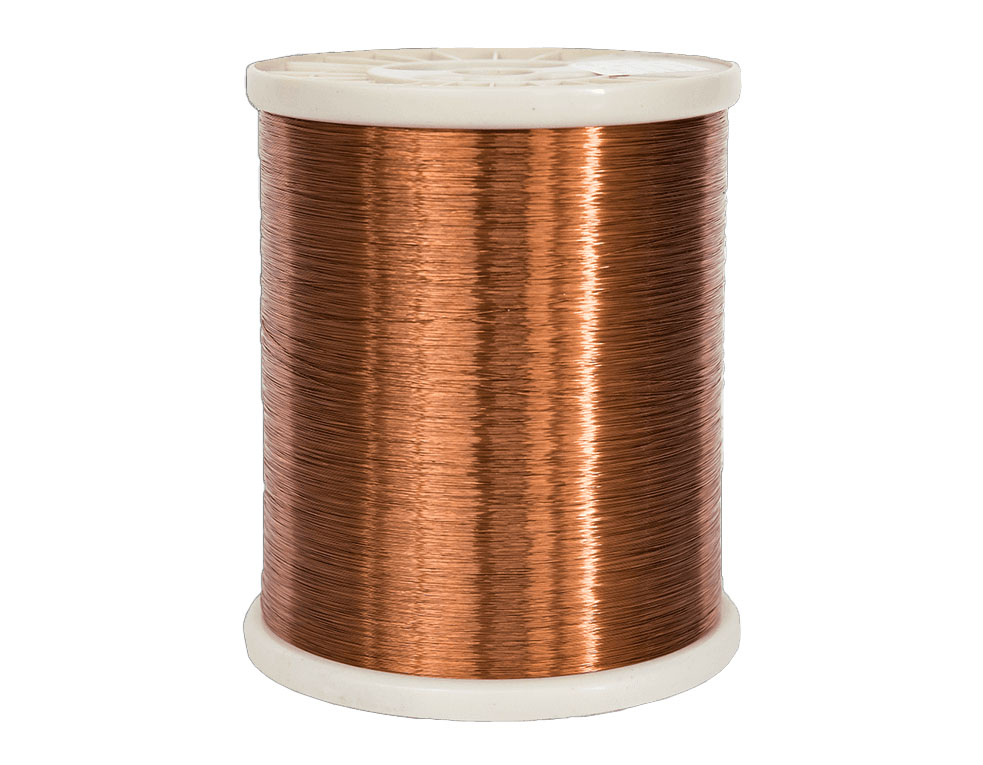The basic composition of an electromagnetic wire is important when choosing it for a particular application. The wire's electrical insulation layer and conductor core will determine the power of the electromagnetic field. Enamelled or wrapped wires are characterized by an outside coating of paint, which is applied with a special solvent. The polyurethane and oil paints used in these applications have high melting points and can therefore withstand high temperatures.

The number of wire loops in an electromagnetic wire coil affects the strength of the magnetic field. The more wire loops a coil contains, the stronger the magnetic field. Current flowing counterclockwise around the coil will create the South Pole, and vice versa. A conductive wire that acts like a bar magnet is called an electromagnet. This article will look at the properties of common electromagnets and how to use them for different applications.
To make an electromagnet, you should measure the thickness of the wire. It is important to understand that the thinner the wire is, the greater the strength. The same is true for inductors and induction motors. A good way to gauge the right thickness is by using a multimeter. The best magnetic field is the most intense in a small diameter. A round wire will always have a gap. The number of turns and the space between the layers of insulation will increase this gap.
An electromagnet has a strong magnetic field. The coil is divided into four parts, and each wire loop has a different effect. If the current flows clockwise through the wire coil, then it will have a North Pole, while if it flows counterclockwise, it will produce a South pole. Similarly, the magnetic field produced by the coil will have two poles: the South pole and the North pole.
An electromagnet has a high degree of permeability. Its strength is determined by the thickness of the wire, as this determines its magnetic field. In addition, the wire's flexibility and elasticity are essential to a transformer's ability to produce a high-quality electrical signal. Its properties are also important when it comes to choosing the right kind of wiring. If you want to make the most of the available options, consider buying a rectangular or square electromagnet.
The basic composition of an electromagnetic wire can be divided into two types: enameled and inorganic. The first type is coated with paint, and it is made of copper. The latter type is often made of polyimide, which is resistant to heat. The latter type is usually cheaper to manufacture and is used for electronics. Its properties are largely determined by the metal alloy it contains, and the type of conductor.
There are various types of electromagnetic wire. They can be classified according to their electrical insulation layer and conductor core. The two main types of electromagnetic wire are enameled and inorganic. The enameled type is coated with paint on the outside of the conductor. The coating is made of polyimide or polyurethane. There are different sizes and shapes of this material. It is also used for various electrical purposes.
Another type of electromagnetic wire is insulated. It is usually coated with copper or aluminum. It is used in potentiometers, inductors, and motors. They are categorized according to their electrical insulation layer. The main difference between the two types of electrical wire is the thickness of the wire. The thinner the wire, the more power it can generate. This is because thin gauges can be more efficient. These electric wires are commonly used in a variety of applications, such as inductive devices, such as power supplies.
There are many types of magnetic wire. They can be classified based on their electrical insulation layer and the conductor core. Inductors are the most common application for these wires. The thinner they are, the more powerful they are. Its thickness can range from very thin to very thick. However, the thickness of a bare copper coil will determine how much power it can generate. For this reason, it is necessary to choose a magnetic wire that can handle different kinds of electricity.















